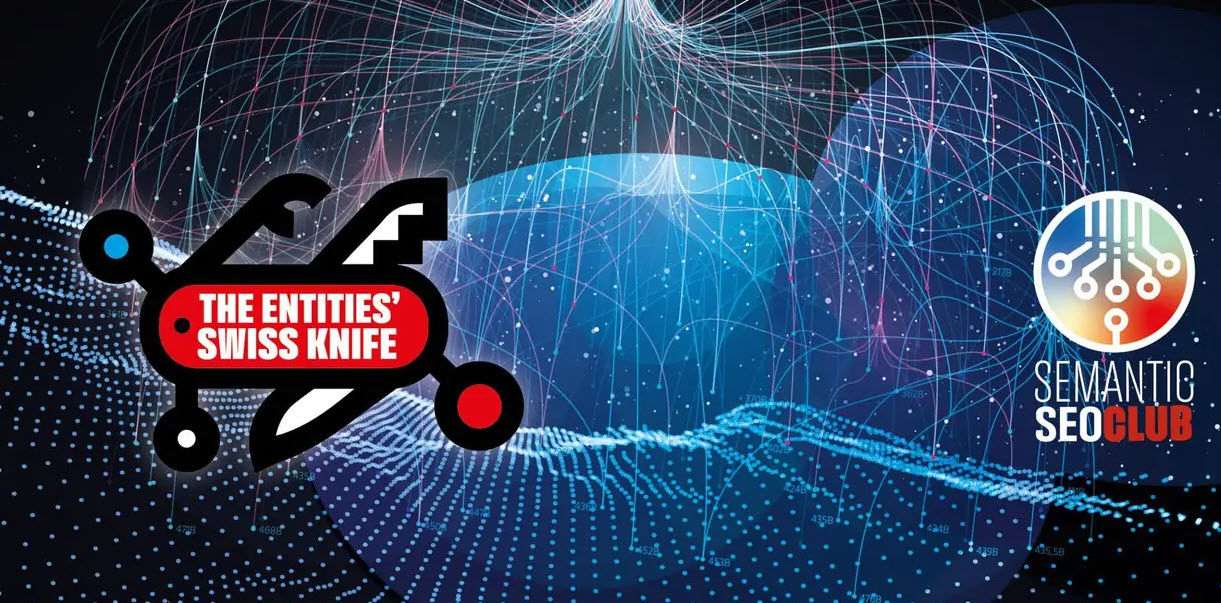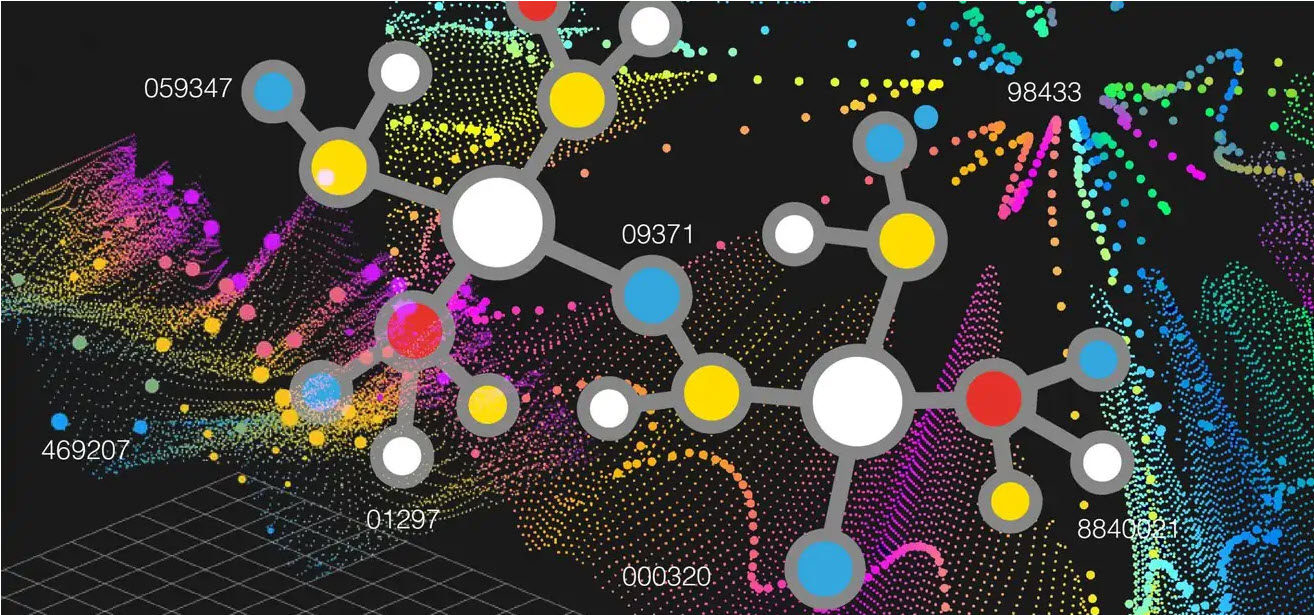
Structured Data
Differences between a Lexical Search Engine as well as a Semantic Search Engine.
While a conventional lexical internet search engine is about based upon matching key phrases, i.e., simple text strings, a Semantic Search Engine can "understand"-- or a minimum of try to-- the meaning of words, their semantic connection, the context in which they are put within a file or a query, hence accomplishing a much more exact understanding of the user's search intent in order to create more relevant results.
A Semantic Search Engine owes these capacities to NLU algorithms, Natural Language Understanding, as well as the existence of structured data.
Subject Modeling as well as Content Modeling.
The mapping of the distinct systems of web content (Content Modeling) to which I referred can be usefully accomplished in the style stage as well as can be associated with the map of topics treated or treated (Topic Modeling) as well as to the organized information that shares both.
It is a fascinating practice (let me understand on Twitter or LinkedIn if you would certainly like me to discuss it or make an ad hoc video) that allows you to make a website as well as establish its web content for an extensive therapy of a topic to acquire topical authority.
Topical Authority can be described as "depth of competence" as perceived by online search engine. In the eyes of Search Engines, you can come to be a reliable source of info concerning that network of (Semantic) entities that specify the topic by consistently creating original high-quality, comprehensive material that covers your wide topic.
Entity linking/ Wikification.
Entity Linking is the process of determining entities in a message file and also connecting these entities to their unique identifiers in a Knowledge Base.
Wikification takes place when the entities in the text are mapped to the entities in the Wikimedia Foundation resources, Wikipedia and also Wikidata.


